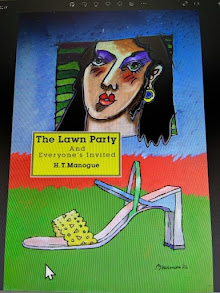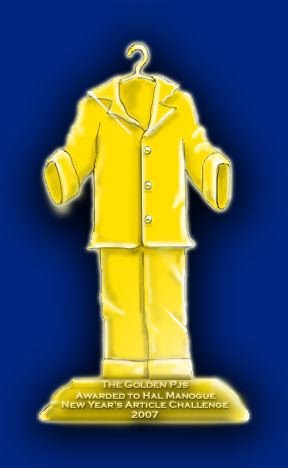Close observation discloses that most of us, most of the time, behave and act mechanically, like machines. The specifically human power of self-awareness is asleep and the human being, like an animal, acts more or less intelligently solely in response to various influences. Only when man makes use of his power of self-awareness does he attain a level of freedom. At that moment he is living not being lived.
E.F. Schumacher, the internationally known economical thinker, wrote the 1973 book Small is Beautiful His book is one of the most influential books of the 20th century. The notion that we are asleep when it comes to understanding self-awareness is accurate. We don’t know the self, and most of us have no interest in knowing it. We live life through the thoughts of others. Our own thoughts are silenced by the crowd of conformity.
Our actions change what is acted upon. Action implies the vast possibilities within our focus. Our focus is not limited to physical focus. We can also focus on the self we consider the soul. When the ego is turned inward we begin to live another focus. The action of our egos inner focus changes the action within our soul. We begin to sense a region of freedom. In that region, the action of self-awareness changes our physical actions, and we begin to live more than one life.










